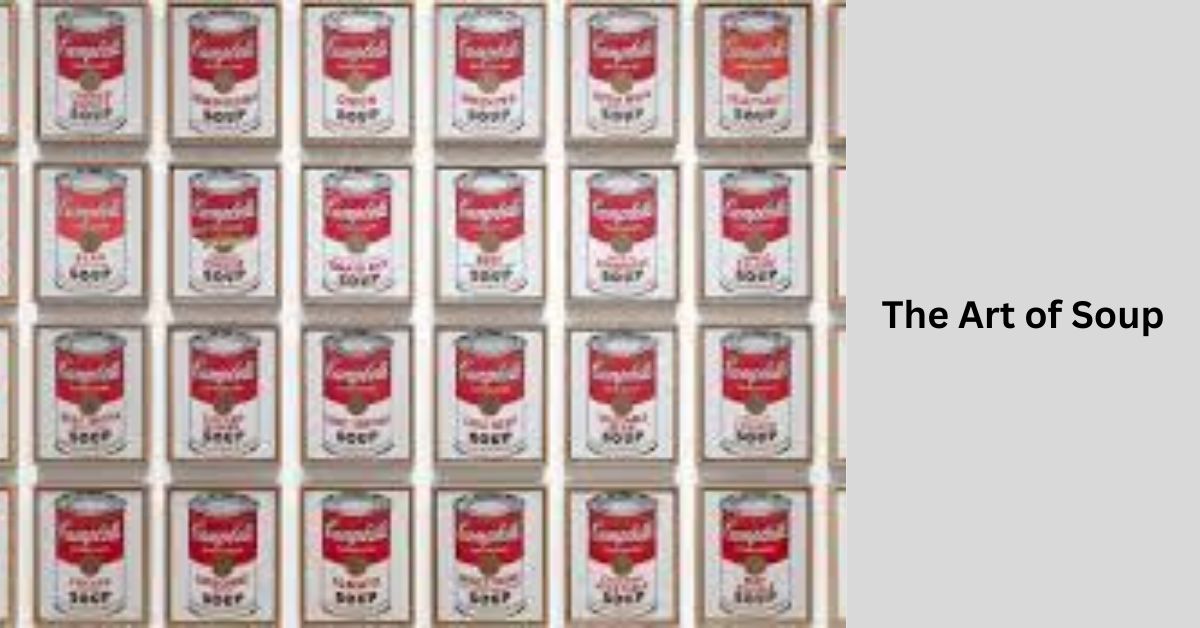Soup, a timeless and versatile culinary creation, has been a staple in households around the world for centuries. Beyond its comforting warmth, there’s a fascinating transformation that occurs when a pot of soup is left to sit for a day or two.
In this article, we explore the magic that happens when soup is allowed to mature over a 48-hour period, unlocking deeper flavors and creating a culinary experience that transcends the initial cooking.
Table of Contents
The First Day: Initial Creation and Flavor Infusion
The journey of a soup begins with the careful selection of ingredients and the artful combination of flavors. On the first day, as the pot simmers, the ingredients release their individual essences, merging to create a harmonious symphony of tastes.
The aromas fill the kitchen, teasing the taste buds with the promise of a delicious meal. It’s on this initial day that the foundation of the soup is laid, with each ingredient imparting its unique character to the broth.
The Overnight Rest: A Flavorful Alchemy
As the day comes to a close, the pot of soup is often left to rest overnight. This seemingly simple act sets the stage for a culinary transformation. During this resting period, the flavors continue to meld and intensify.

The soup undergoes a slow, alchemical process, with the ingredients releasing more of their natural juices and essential oils. The result is a broth that transcends the sum of its parts, achieving a depth of flavor that can only be achieved through the passage of time.
Day Two: The Culmination of Flavor
On the second day, the soup is reheated, and the kitchen once again fills with the enticing aroma. What was once a simple concoction has now evolved into a rich, nuanced masterpiece.
The vegetables have softened, the meats have become more tender, and the entire dish has reached a level of complexity that was unimaginable on the first day. The broth has developed a velvety texture, and the flavors have married to create a truly satisfying experience for the palate.
Dayforce Trader Joe’s – Understand In 2024
The Benefits of Aging: Nutrient Density and Digestibility
Aside from the enhanced flavor profile, allowing soup to age for two days can also contribute to increased nutrient density and improved digestibility.
The extended cooking time breaks down ingredients, making nutrients more readily available for absorption. This slow-cooking process also aids in the breakdown of proteins and fibers, promoting easier digestion and nutrient assimilation.
Flavor Evolution: Unlocking the Complexity
The first day of soup preparation introduces the initial combination of ingredients, setting the stage for the complex interplay of flavors. Herbs release their aromatic oils, vegetables impart their distinct sweetness, and proteins contribute their savory richness.
job directo – Definition And Detailed Information In 2024

As the pot simmers, these elements merge and evolve, creating a base that is both comforting and flavorful. However, it’s during the overnight rest that the true magic happens. The flavors continue to evolve and intermingle, with the broth acting as a conduit for this harmonious exchange. The soup transforms from a collection of disparate elements into a unified, multi-layered symphony that tantalizes the taste buds.
Texture and Consistency: The Mark of Maturation
Beyond the enhancement of flavor, the texture and consistency of the soup undergo a remarkable evolution over the two-day period. Initially, the broth may be thin and the ingredients distinct. However, as the soup rests, the components break down further, contributing to a thicker, more velvety texture.
that which flows by – Definition And Historical Context
Vegetables soften, meats become tender, and starches release their natural thickening agents. This transformation results in a soup that not only delights the palate with its intricate flavors but also provides a satisfying and luxurious mouthfeel that distinguishes it from its freshly cooked counterpart.
The Role of Umami: Unveiling Depth of Taste
Umami, the fifth taste that enhances and deepens other flavors, plays a pivotal role in the two-day aging process of soup. The glutamate compounds present in ingredients like meat, mushrooms, and certain vegetables intensify during the resting period.
This leads to an increased umami presence, creating a savory richness that elevates the overall taste experience. The second day of cooking allows the umami flavors to fully develop and integrate, providing a depth that is often elusive in freshly prepared dishes. The result is a soup that not only satiates hunger but also leaves a lasting and memorable impression on the palate.
Culinary Patience: A Forgotten Virtue
The practice of allowing soup to age for two days underscores the virtue of culinary patience—a quality often overlooked in our fast-paced, instant-gratification culture. In an era where quick and convenient meals are prioritized, the process of patiently waiting for a dish to reach its full potential may seem like a lost art.
alevemente – Understand In 2024
Yet, as the flavors of a two-day-old soup reveal, there is unparalleled satisfaction in allowing time to work its magic. It’s a reminder that some of the finest culinary experiences are born out of a willingness to embrace the unhurried, deliberate pace of traditional cooking methods.
The reward is not just a meal but a sensory journey that captures the essence of time, dedication, and the artistry inherent in the preparation of a truly exceptional dish.
Nutritional Advantages: A Healthful Bonus
Beyond the sensory pleasures, the two-day aging process of soup also imparts certain nutritional benefits. As the ingredients continue to simmer and meld over time, the breakdown of cell walls in vegetables and proteins occurs more thoroughly.

This process enhances the bioavailability of essential nutrients, making them easier for the body to absorb. The prolonged cooking time also contributes to the extraction of minerals from bones, if used, further enriching the broth. The result is not just a flavorful concoction but a nutrient-dense elixir that not only satisfies the taste buds but also nourishes the body, providing a wholesome and healthful meal.
alevemente – Understand In 2024
Conclusion:
In the fast-paced world of modern cuisine, the art of soup-making serves as a reminder that some things are best when given the luxury of time.
Allowing a pot of soup to age over two days is not just a culinary technique; it’s a celebration of patience, flavor development, and the joy that comes from savoring a meal that has evolved into something truly extraordinary. So, the next time you find yourself making a pot of soup, consider the magic that can happen over the course of 48 hours, and savor the delicious results of this timeless culinary tradition.
